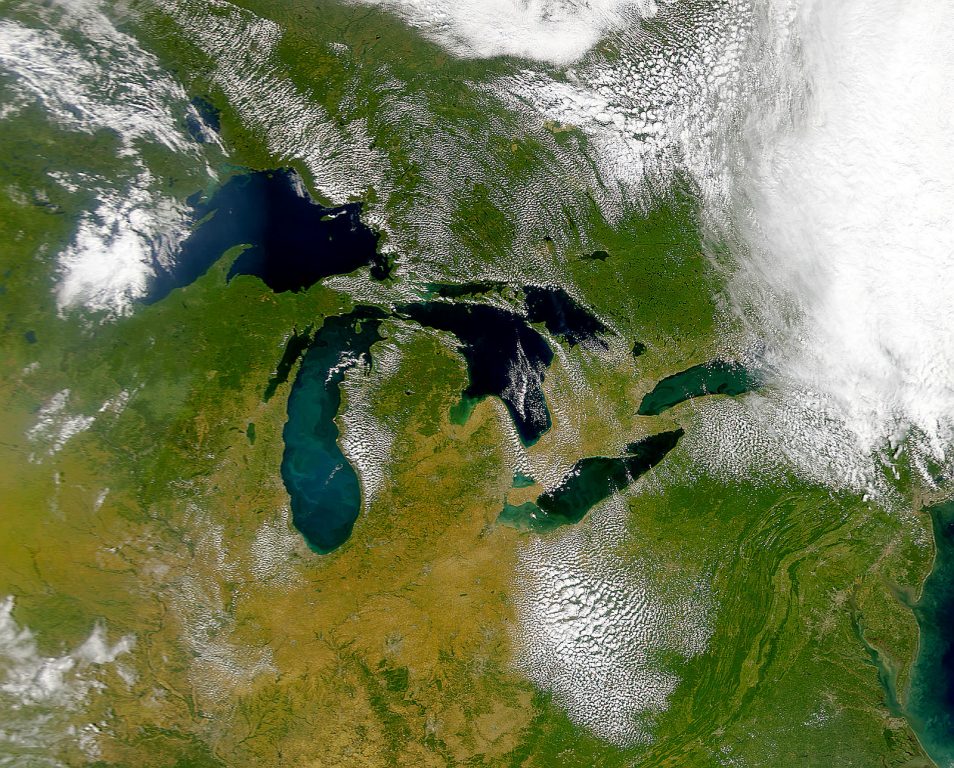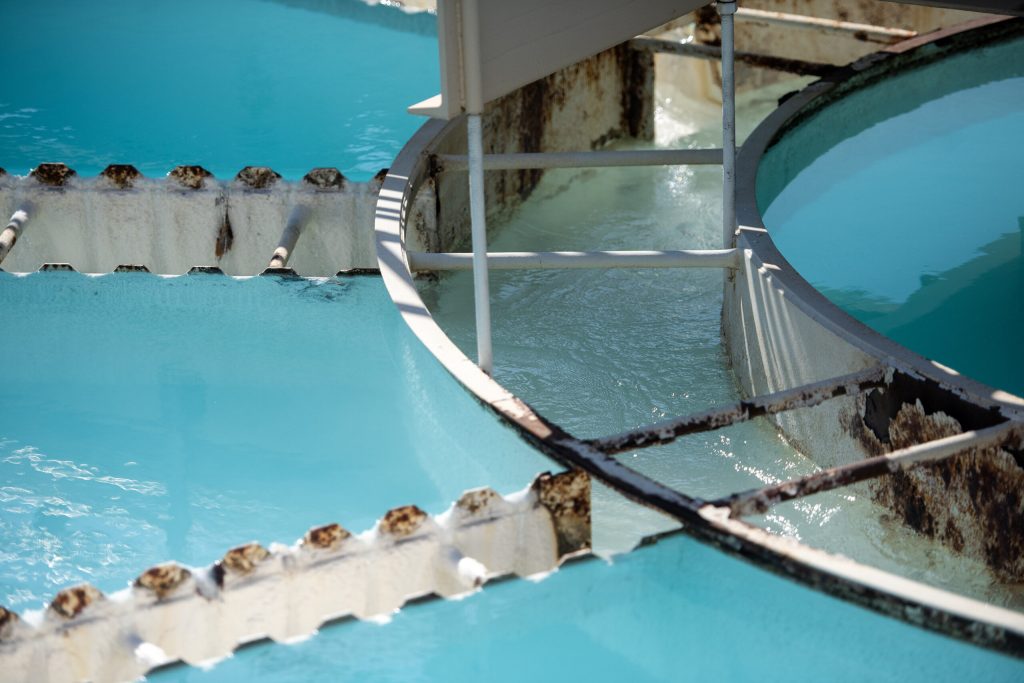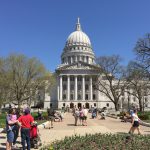Great Lakes Region Getting Hotter, Wetter
Report finds long-term temperature up by 3 degrees, precipitation up by 15%.

Satellite view of the Great Lakes region from 2013 surrounded by broung and green land and under partly cloudy sky. Photo courtesy of the National Oceanic and Atmospheric Administration’s Great Lakes Region
An updated report confirms climate change is affecting the Great Lakes region through warmer and wetter weather, greater fluctuation in lake levels and disappearing fish populations.
In 2019, the Environmental Law & Policy Center commissioned a study of the effects of climate change on the Great Lakes, which provide drinking water to 40 million people. In an updated report, more than a dozen scientists said the study’s findings ring true as temperatures continue to rise.
“For the Great Lakes, it’s getting warmer. We’re having more extreme weather, more precipitation coming as larger events than in the past, more dangerous heat,” Wuebbles said in an interview.
The report found average annual temperatures were 1.1 degrees Fahrenheit warmer in the Great Lakes region from 2017-24 compared to the prior four decades, and the number of days with at least 2 inches of rain or snow was 6 percent higher. Since 1951, average air temperatures have increased almost 3 degrees in the region and precipitation has gone up 15 percent.
The updated assessment builds on the previous research and includes more findings that show warming at the surface and deeper waters of the lakes. Summer water temperatures on Lake Superior warmed by 4.8 degrees between 1979 and 2023. Last year, Lakes Michigan, Huron, Erie and Ontario all saw record-high average temperatures.
Climate change is also leading to greater fluctuation in lake levels. One 2022 study projects climate change will generally increase Great Lakes water levels by mid-century, with Lake Superior rising around 7.5 inches and Lakes Michigan and Huron by 17 inches.
“That’s a lot of concern to people who live near those coasts of the lakes,” Wuebbles said.
The report also notes increased precipitation and warming contribute to the formation and severity of harmful algal blooms. Climate and land use changes are expected to affect both water quality and quantity. The report notes 855 data centers operating in states that border the Great Lakes, which can consume millions of gallons daily and a lot of energy for cooling.
“Data centers generally require a whole lot of energy, and so you need to plan for that,” Wuebbles said, highlighting increased energy demand as temperatures warm.

Water flows in a tank Tuesday, April 8, 2025, at West Des Moines Water Works in West Des Moines, Iowa. Angela Major/WPR
The region is likely to see more extreme hot and cold with 30-60 days of temperatures hotter than 90 degrees Fahrenheit and 25-55 fewer days of temperatures below freezing by the end of the century.
Warmer winters and declining ice cover are also playing a role in the decline of lake whitefish, Wuebbles said, because ice cover protects their eggs from currents and waves.
John Schwarzmann co-authored the study and formerly served as a forest supervisor with the Wisconsin Board of Commissioners of Public Lands. He said the findings are significant because older trees hold about 30 percent of carbon emitted into the atmosphere.
“What that means is that you can probably keep growing timber and and hold lots of carbon at the same time,” Schwarzmann said. “If you’re having (forestland) devoted just for carbon storage, you’re more likely to have even larger carbon sequestration levels on some of these forests.”
He said the findings could be used to re-evaluate timber harvest of older forests, noting logging could still occur while leaving a higher number of trees on the landscape to store carbon.
By the end of the century, warming of up to 10 degrees Fahrenheit is possible across the Great Lakes region under heavy use of fossil fuels.
Report: Climate change continues to drive warmer weather, extremes in Great Lakes region was originally published by Wisconsin Public Radio.
If you think stories like this are important, become a member of Urban Milwaukee and help support real, independent journalism. Plus you get some cool added benefits.



















